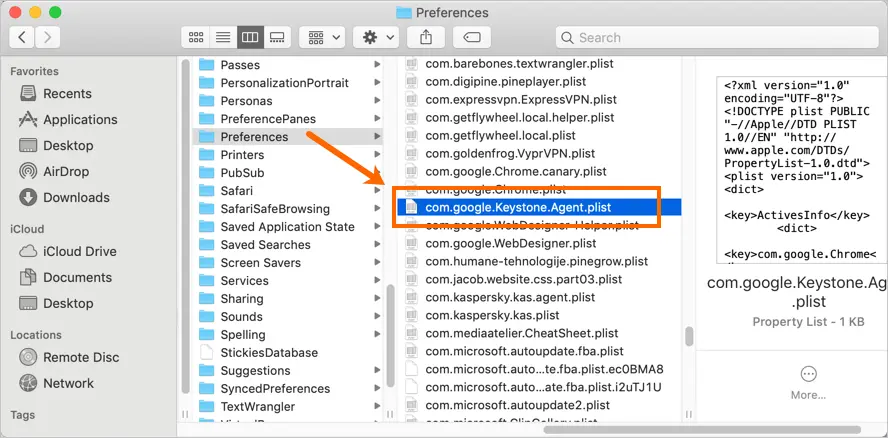
So you must first stop sending that header if you don’t want the error to reoccur. Each user needs to delete their local HSTS settings or wait for them to expire according to the ‘max-age’ that was set.Īlso note that if the website is still serving the HSTS header, your browser will store it as soon as you visit the site again. If you have deployed HSTS onto a live site for end users, it may be infeasible to correct the errors they are having depending on the size of your audience. In Chrome, you can receive this error on localhost. As a developer, you may run into this error if you are testing an HSTS configuration.

These settings need to be cleared in each browser. In order to immediately proceed past the error, you will need to delete your browser’s local HSTS settings for that domain. HSTS settings include a “max-age” option, which tells the browser how long to cache and remember the settings before checking again.

This is because the browser has received explicit instructions from the browser not to allow anything but a secure connection. Unlike other HTTPS errors, HSTS-related errors cannot be bypassed. If your browser has stored HSTS settings for a domain and you later try to connect over HTTP or a broken HTTPS connection (mis-match hostname, expired certificate, etc) you will receive an error. Here’s how to clear HSTS settings on Google Chrome and Mozilla Firefox.Ĭlear and Forget HSTS Settings In Popular Browsers. In that case, you will need to clear them. If you attempt to reach the same site on another browser and don’t run into the same issues, it could just be a problem with how the HSTS settings have affected your original browser. “Privacy error: Your connection is not private” (NET::ERR_CERT_AUTHORITY_INVALID). For instance, if you’re using Chrome, you might run into: Unfortunately, some HSTS settings can inadvertently cause browser errors. HSTS can also help to prevent cookie-based login credentials from being stolen by common tools such as Firesheep. HSTS remedies this by communicating to the browser that an HTTPS connection should always be in place. HSTS was originally created in response to a vulnerability that was introduced by Moxie Marlinspike in a 2009 BlackHat Federal talk titled “New Tricks for Defeating SSL in Practice.” The particular vulnerability that HSTS defends against is the one illustrated by Marlinspike’s SSLStrip tool.Įssentially the tool works by converting secure HTTPS connections back to unsecured HTTP ones. This helps to prevent protocol downgrade attacks and cookie hijacking. HSTS stands for HTTP Strict Transport Security, it’s a web security policy mechanism that forces web browsers to interact with websites only via secure HTTPS connections (and never HTTP). In Everything Encryption A quick look at what HSTS is and how to clear it on two of the most popular browsers.


 0 kommentar(er)
0 kommentar(er)
